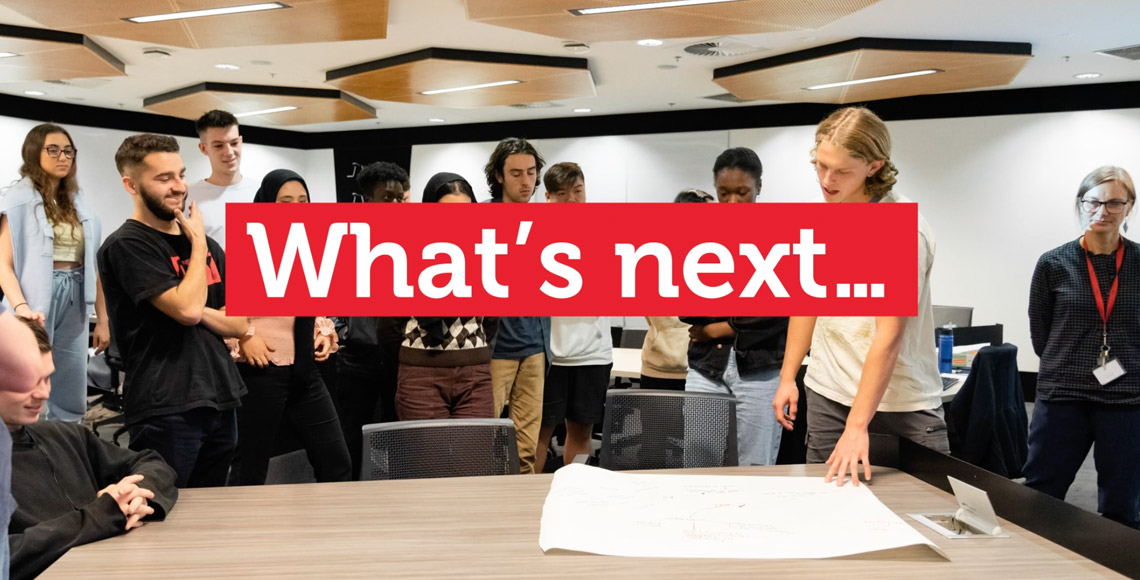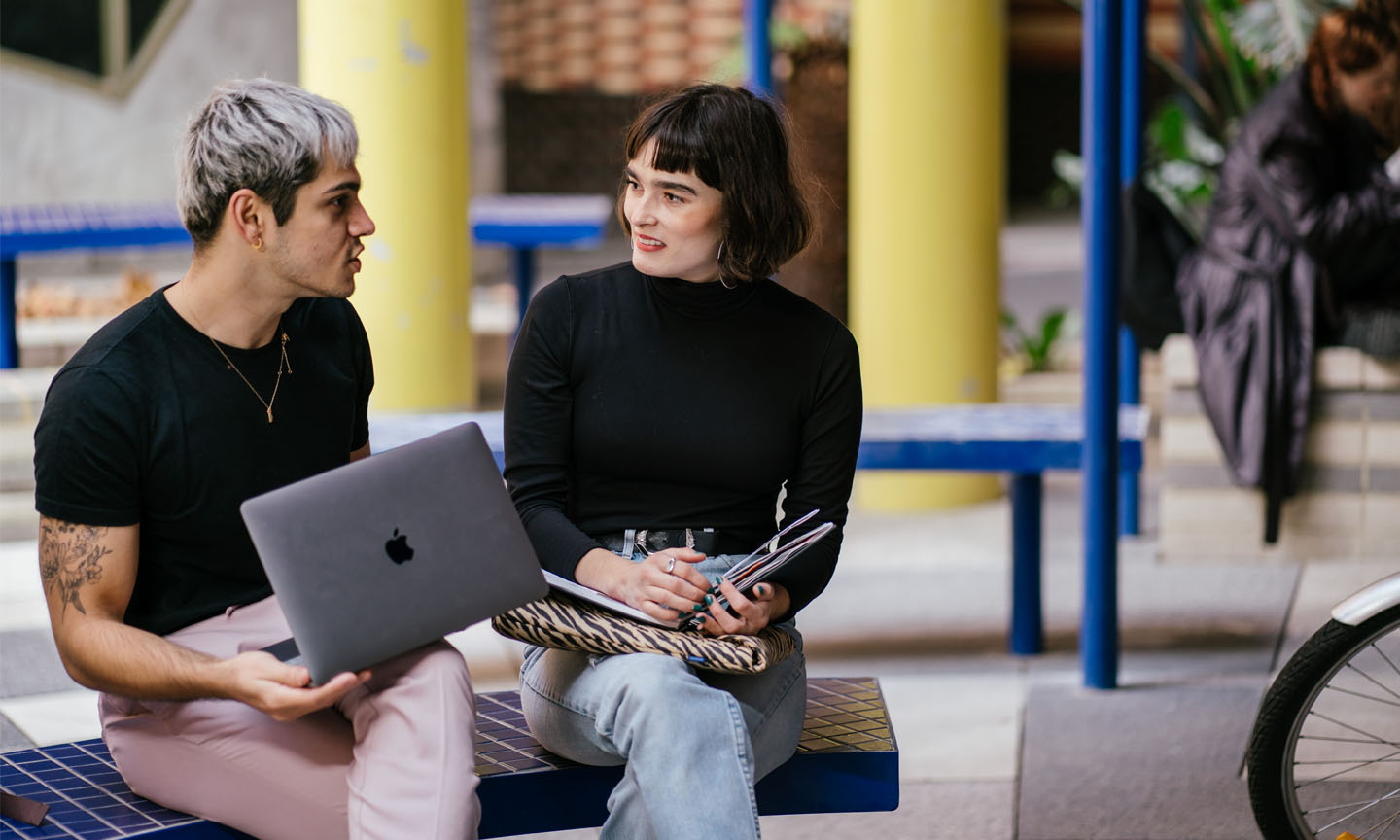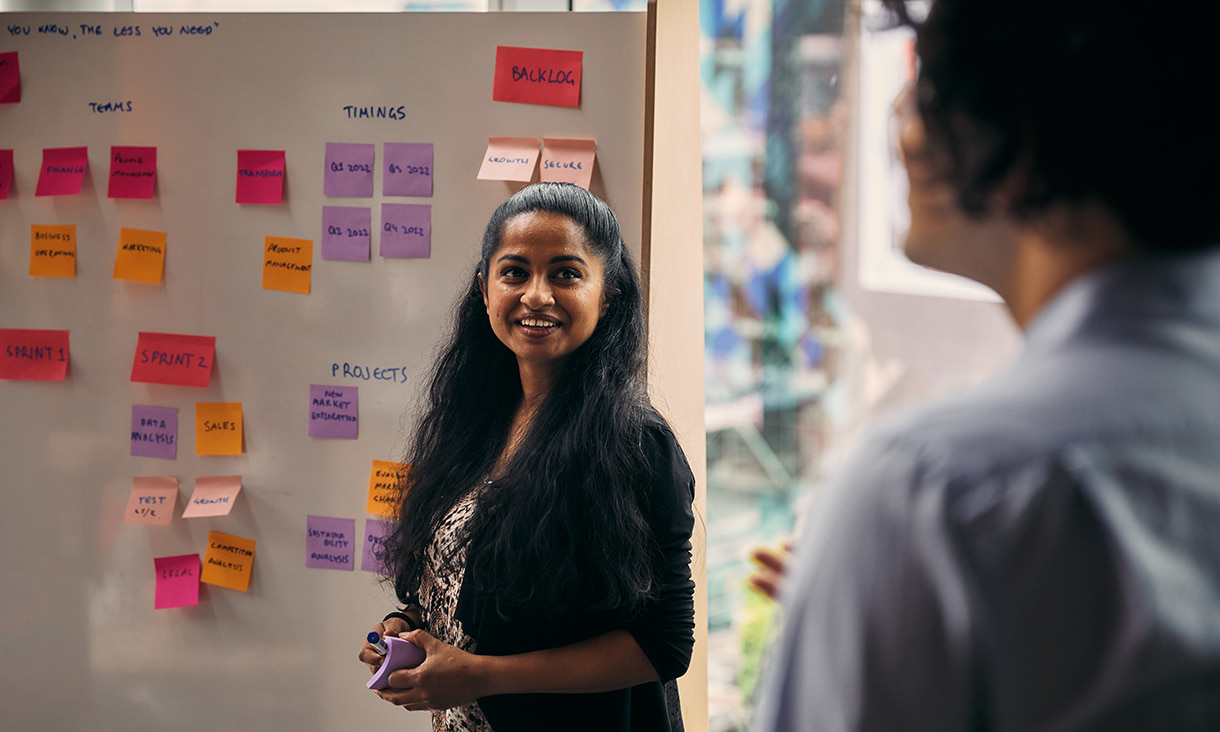Step 1: Prepare your documents
Depending on the program you are applying for, you may need to provide supporting documents and information like:
- Employment history
- Previous study
- Personal details
- Academic records and statement of completion
- Evidence of English proficiency
- Supporting documents like a CV; personal statement; or folio
You may be required to complete a selection task which might include an interview, folio, pre-selection kit and/or supplementary information forms. Please check the entry requirements section of the program you are applying for.
If you have any questions about the program you’re interested in, please get in touch with Study@RMIT before you submit your application.
Step 2: Complete your application
As soon as you are ready to apply, register online to start your application.
Want to know when you should submit by?
Application closing dates are listed on Direct application dates. We recommend you apply early, so you don’t miss out on preferred classes. If you’ve put in multiple programs in your application, they will be assessed concurrently.
Remember to jump on your computer to apply. It’s much easier than your phone or tablet, and better if you have documents to upload.
Don’t have all the required documents?
If you’re in a hurry to meet the application deadline, you can submit your application without having all your supporting documentation ready. Remember to upload your documents as soon as you have them, as your application cannot be assessed until you have submitted all required documentation.







